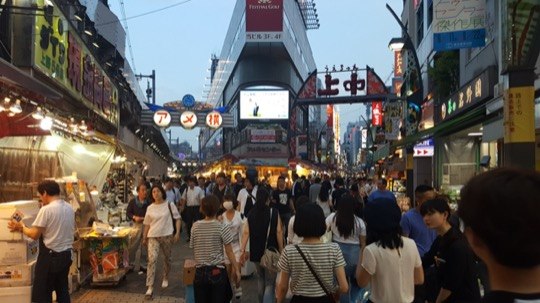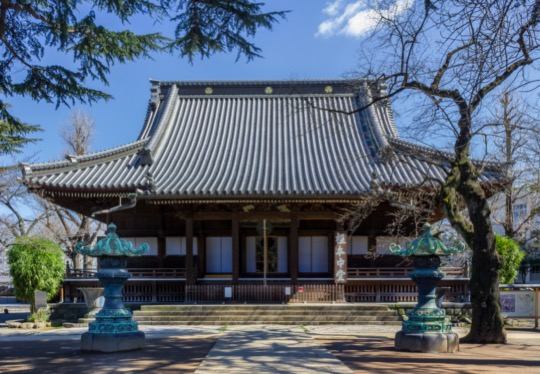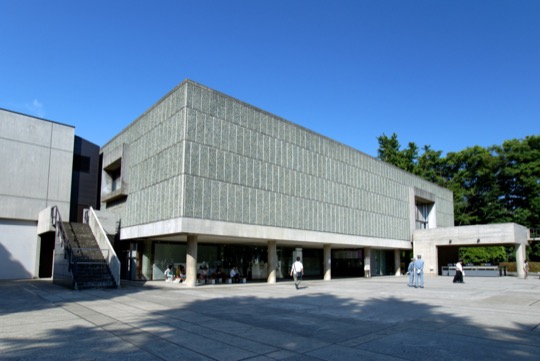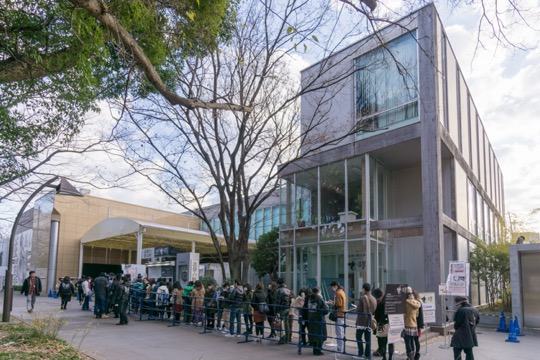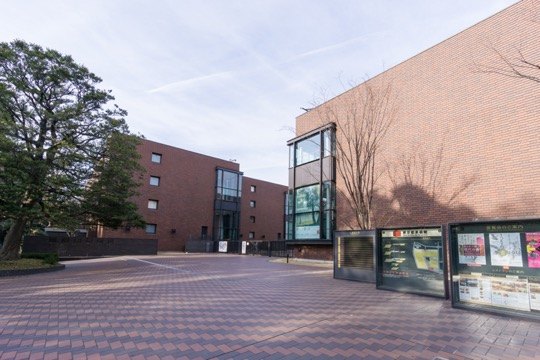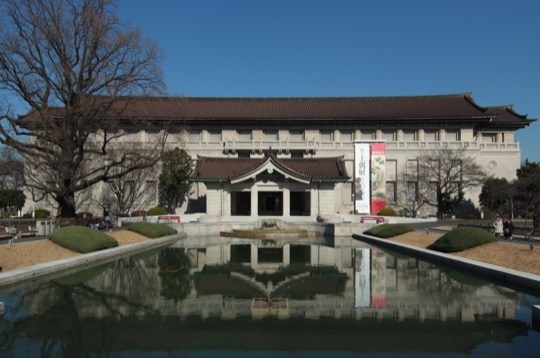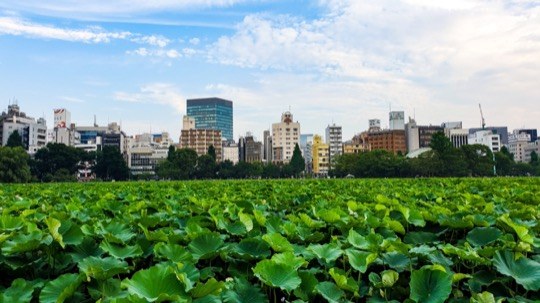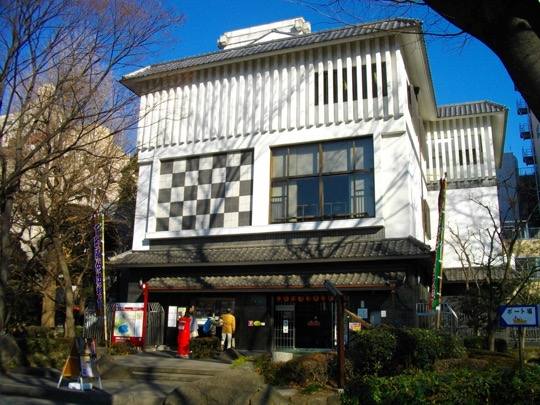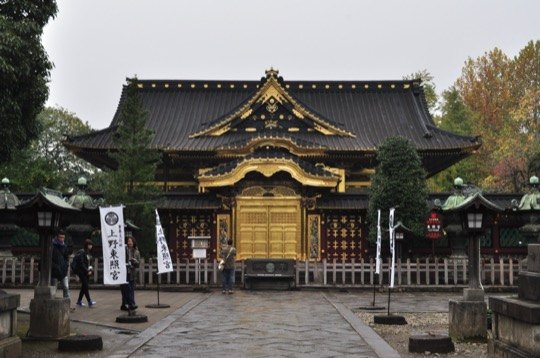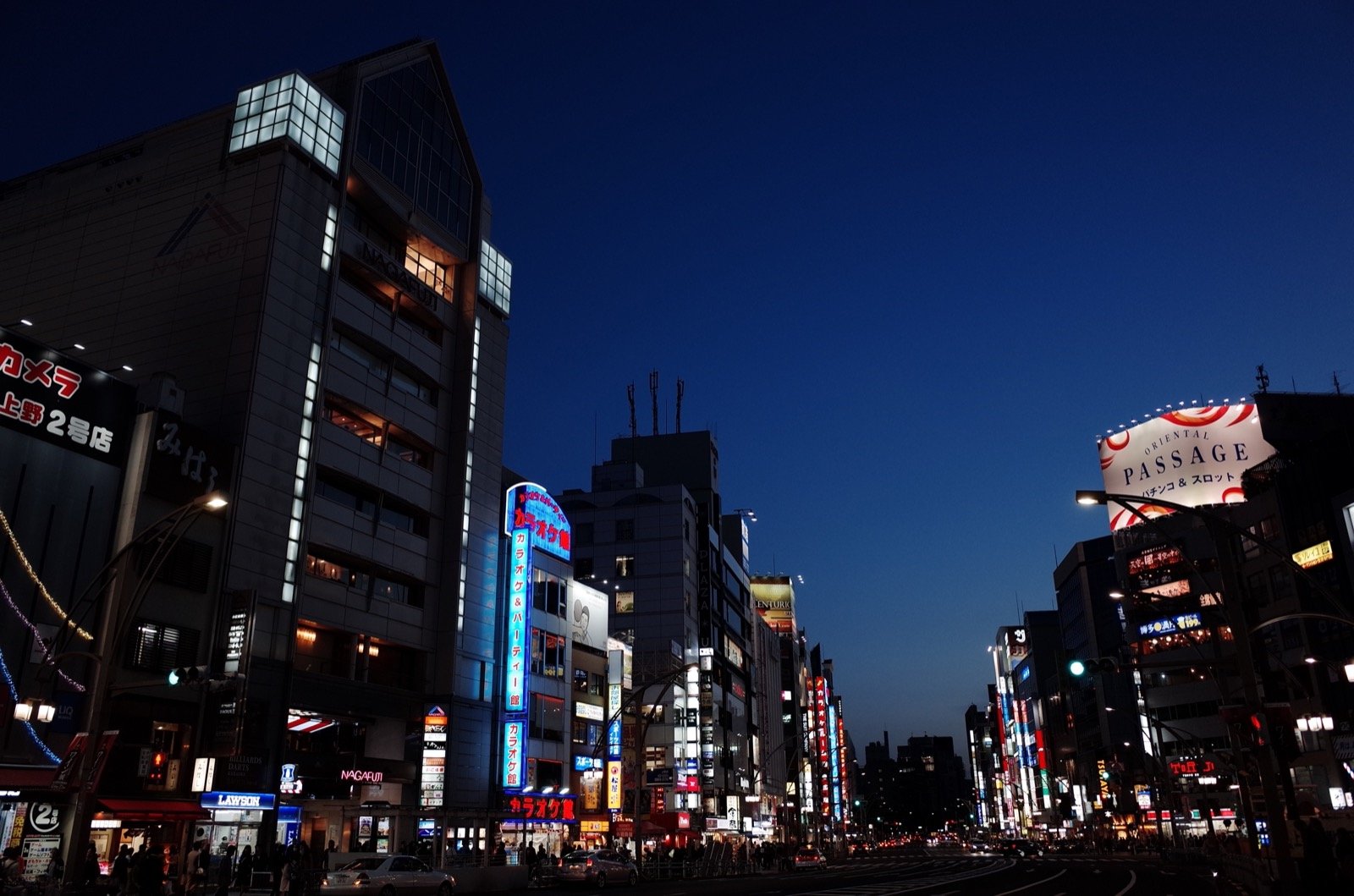
Ueno is a district in Tokyo, Japan, known for its cultural institutions and cherry blossom viewing. It reflects Japan’s commitment to preserving and promoting its heritage and international art forms.
On This Page
About Ueno
Ueno has a long history as a cultural and educational center. The district boasts several significant museums, including the Tokyo National Museum, the oldest and largest museum in Japan, founded in 1872. It presents a vast array of art and artifacts from Japan and Asia. The National Museum of Western Art, a UNESCO World Heritage site designed by Le Corbusier, focuses on Western art. The Ueno Royal Museum and Tokyo Metropolitan Art Museum offer diverse art exhibitions.
The Ueno Toshogu Shrine, built in 1627, honors Tokugawa Ieyasu, the founder of the Tokugawa shogunate (1603-1868). Its architecture and the surrounding Ueno Park reflect the Edo period. Ueno Park, established in 1873 on the former grounds of Kan’ei-ji temple, is a cherished urban oasis known for its cherry blossoms and as a gathering place for various events.
Ameya-Yokocho Shopping Street, or Ameyoko, is a lively market street contrasting with Ueno’s cultural sites, offering a wide selection of merchandise, from food to souvenirs.
Ueno exemplifies the coexistence of tradition and modernity in Tokyo, providing a multifaceted experience for both residents and tourists.
Upcoming Events what's happening around Ueno
🌸 Cherry Blossom Predictions Thursday, 21 March - Thursday, 11 April 2024 (predicted)
Cherry blossoms (sakura) started blooming in Tokyo on March 29, 2024, and are expected to reach their peak around April 4.
Petals typically fall within about 1 week of the full bloom unless the weather causes them to drop earlier.
For more information, see our complete Cherry Blossom Predictions 2024 guide.
